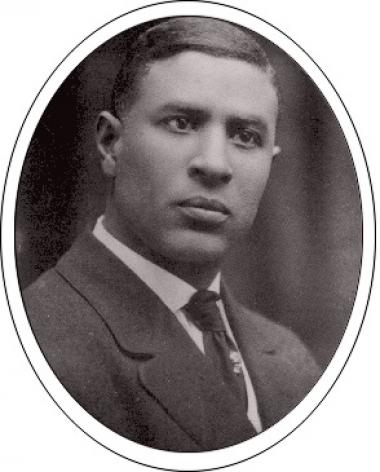
Garrett Augustus Morgan (1877–1963), born in Paris, Kentucky, and raised in Cincinnati, Ohio, was a prolific inventor, although he had only an elementary school education. Before he invented and patented the first traffic light in 1923, a policeman sat in a tower at an intersection, manually operating stop-and-go signals. Garrett’s traffic light saved lives, just as the gas mask he invented in 1916 saved lives during World War I. He sold his first invention—an improvement on the sewing machine—for $150. But, by 1923, having established a sound reputation for his invention of the gas mask, he was able to command a price of $40,000 from General Electric for his automatic traffic signal. The city of Cleveland, Ohio, where he lived as an adult, awarded Garrett a gold medal for his devotion to public safety, and the federal government honored him for his traffic signal invention. He was active in Cleveland's African-American community for which he established a newspaper, the Cleveland Call.




